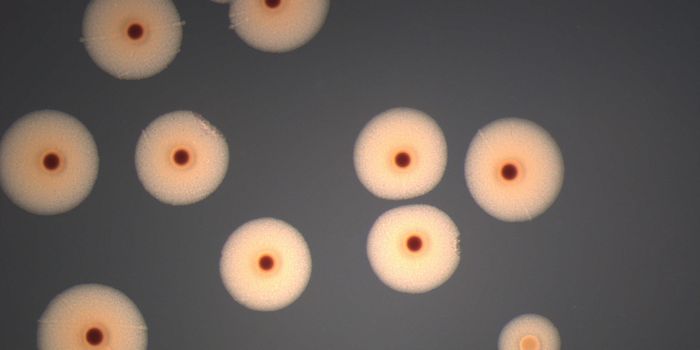Nanofiber-Based Drug Treats Inflammation
Researchers at Duke University worked on creating a self-assembling nanomaterial-based drug that can help address damages associated with inflammatory diseases that work by activating key cells in the immune system. Experiments on mouse models revealed that the nanofiber-based drug mitigates damaging inflammation as a gold-standard therapy.
Learn more about damage caused by inflammation:
One of the hallmarks of inflammation is the overproduction of cytokines—one being TNF. Current therapeutics include monoclonal antibodies that are developed to design and destroy TNF, thereby decreasing the inflammatory affects. However, monoclonal antibodies come with a high price tag, the need for patients to regularly receive injections, and most importantly, the drug does not always remain effective.
Watch the video below to inform yourself about monoclonal antibodies:
To find solutions to modern problems, scientists explored how immunotherapies can help assert the immune system to generate its own antibodies that limit inflammation.
"We're essentially looking for ways to use nanomaterials to induce the body's immune system to become an anti-inflammatory antibody factory," said Joel Collier, a professor of biomedical engineering at Duke University. "If these therapies are successful, patients need fewer doses of the therapy, which would ideally improve patient compliance and tolerance. It would be a whole new way of treating inflammatory disease."
In the latest study, published in Proceedings of the National Academy of Sciences, Collier along with graduate research student in their lab, have described how novel nanomaterials could form into long nanofibers that include a specialized protein known as C3dg. With these nanofibers, the immune system can activate B-cells to generate antibodies.
"C3dg is a protein that you'd normally find in your body," said Hainline. "The protein helps the innate immune system and the adaptive immune system communicate, so it can activate specific white blood cells and antibodies to clear out damaged cells and destroy antigens."
CSdg has the ability to interface between different cells in the immune system and activate antibody production without causing inflammation. With such knowledge, researchers hoped to explore the use of C3dg as a vaccine adjuvant. By putting this idea to the test, Hainline and Collier weaved key fragments of the C3dg protein with components of TNF into the nanofiber material.
"When Kelly assembled the C3dg protein and key portions of TNF into these nanofibers, she saw that there was a strong B-cell response, which means there was an increased production of antibodies that targeted TNF," said Collier. "In standard mouse models of inflammation, mice experience a temperature change where their internal temperature will drop. But when Kelly delivered her C3dg nanofibers, it was highly protective, and the mice didn't experience an inflammatory response."
Source: Duke University, Science Daily, PNAS









